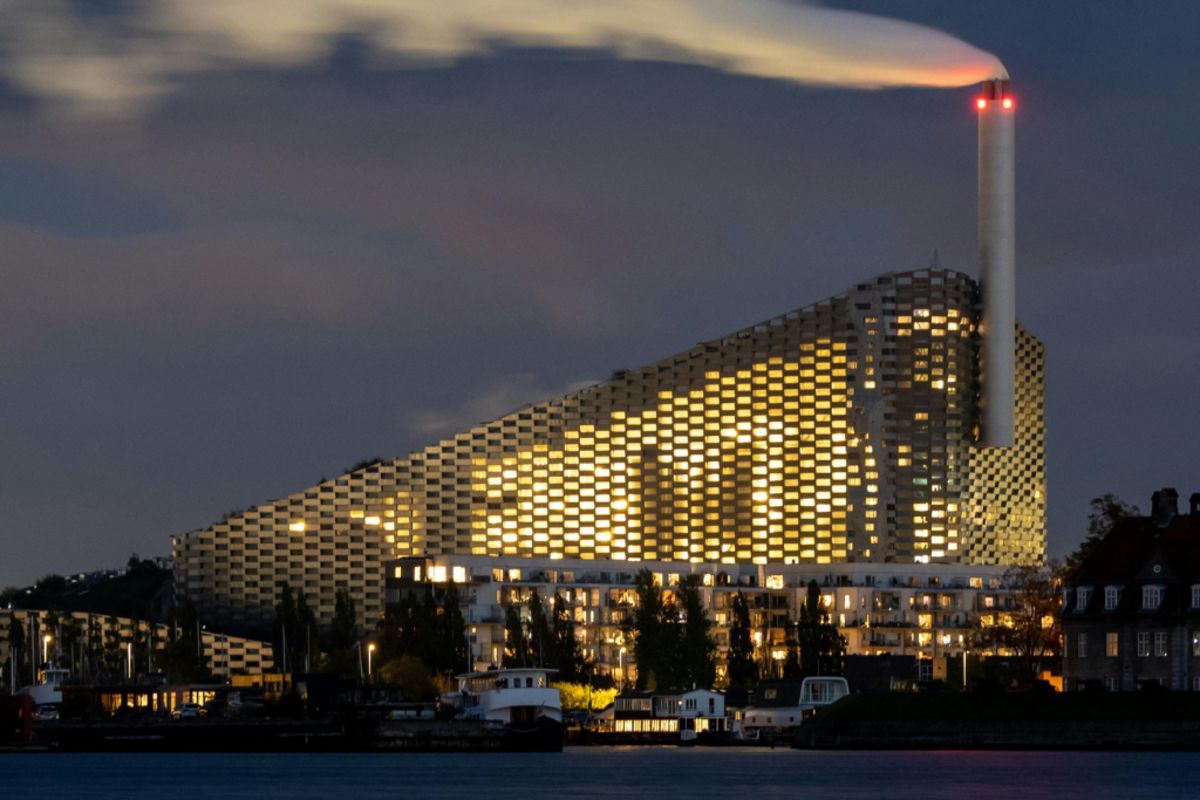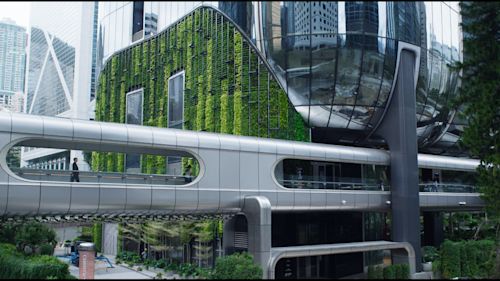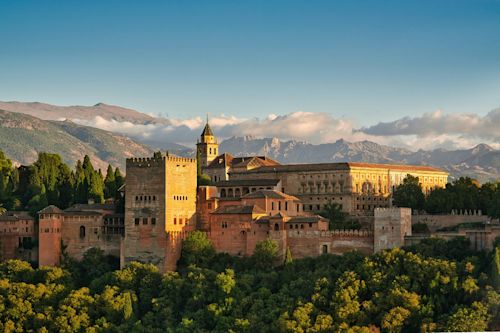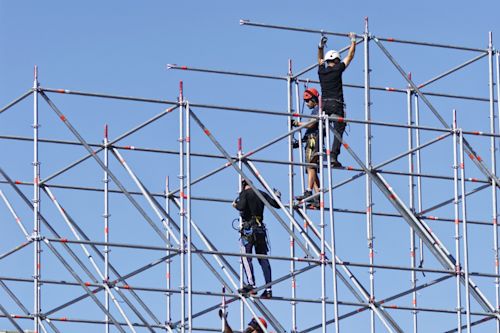
If Vitruvius had written De Architectura today rather than in 30 BC, he would likely have included sustainability among the fundamental principles of architecture. The three famous Vitruvian criteria—stability (firmitas), utility (utilitas), and beauty (venustas)—remain valid and essential, but contemporary challenges demand an additional step.
Today, many argue that it is no longer enough to speak of ‘bio-architecture’ as a separate category. Instead, sustainability must be a natural and integral part of every architectural practice, not an optional or secondary concern.
In this context, it is worth turning our attention to those who have become masters of sustainable design. The following five architects are key figures in eco-architecture, each shaping the discipline in distinctive ways, both locally and globally.
Norman Foster: Sustainability as Innovation
Norman Foster, one of the most influential contemporary architects, was born in Manchester in 1935 and founded Foster + Partners in 1967. The studio operates worldwide, with projects ranging from urban planning to public buildings, infrastructure, and workplaces—always with a strong focus on innovation and environmental efficiency.
Winner of the Pritzker Prize, often referred to as the Nobel Prize of architecture, in 1999, Foster is known for his ability to combine aesthetics, functionality, and sustainability within a single architectural vision. For him, environmental responsibility is not an added feature but a fundamental element of design itself—shaping everything from material choices to energy efficiency, durability, and adaptability over time. Through the Norman Foster Foundation in Madrid, he also promotes research and education on these issues.
One of his most emblematic sustainable projects is the Bloomberg European Headquarters in London, completed in 2017. Widely recognized as one of the most sustainable office buildings in the world, it was built with natural and recyclable materials and integrates natural ventilation, smart LED lighting, and rainwater harvesting. The project achieved the highest-ever BREEAM “Outstanding” score (98.5%), setting a benchmark for energy efficiency, user well-being, and urban quality in sustainable architecture.
Hassan Fathy: Tradition as the Foundation of Sustainability
A visionary of twentieth-century architecture, Hassan Fathy (1900–1989) was an Egyptian architect who deeply merged the ethics of sustainability with the aesthetics of tradition. At a time dominated by Western modernism and industrial materials, Fathy consciously chose a different path, rooted in vernacular construction techniques, low-impact local materials, and constant dialogue with the culture and needs of the communities he served.
Educated at Cairo University, Fathy dedicated much of his career to experimenting with adobe—a mixture of raw earth and straw used for centuries in Middle Eastern and North African architecture. For him, sustainability was not merely a technical issue but also a social, environmental, and ethical one: building meant improving quality of life, harnessing natural resources, and promoting passive ventilation and energy self-sufficiency.
Among his most celebrated projects is the village of New Gourna, built in the 1940s near Luxor. Commissioned by the Egyptian government, it was designed to rehouse the inhabitants of the ancient village of Gourna. The plan integrated mud-brick homes, vaulted roofs, and shared public spaces adapted to the desert climate. Although the project was never fully completed and initially met with criticism, it is now regarded as a manifesto of bio-architectureante litteramand an early example of participatory urban planning.
While he never received international awards such as the Pritzker, Fathy profoundly influenced generations of architects committed to environmental and cultural sustainability. His best-known book, Architecture for the Poor (1973), remains a landmark reference for those seeking to build with awareness, respect, and responsibility.
Vo Trong Nghia: The Lightness of Nature in Architecture
Vo Trong Nghia, born in Vietnam in 1976, founded VTN architects in Ho Chi Minh City in 2006. His architectural practice is deeply rooted in the building and landscape traditions of Southeast Asia, reinterpreted with a strikingly contemporary vision where nature and architecture merge in a harmonious, poetic balance.
His signature lies in the structural and creative use of bamboo—an economical, renewable, lightweight, and flexible material. In his projects, bamboo becomes a central architectural element with minimal environmental impact. At the core of his work is a clear ecological mission: to respond to Vietnam’s rapid urbanization with sustainable, regenerative, and accessible buildings that reconnect people with nature, even in the densest urban environments.
Among his most emblematic works is the House for Trees, a residence in Ho Chi Minh City designed to reintroduce greenery into one of the world’s most densely populated cities. The project features five volumes clad in porous concrete, each topped with large “vases” hosting trees and lush vegetation. Beyond providing shade and natural ventilation, it stands as a bold statement: even in the heart of the city, nature can and must remain an essential part of life.
Bjarke Ingels: Optimism of Form, Sustainability as Urban Strategy
Bjarke Ingels, born in Denmark in 1974, is one of the most charismatic and recognized figures in contemporary architecture. Founder of BIG – Bjarke Ingels Group, he is known for a bold, visionary approach that blends pragmatism, innovation, and sustainability. His projects often challenge conventions and propose new ways of experiencing urban space, with a formal language that is surprising, playful, and symbolic. For Ingels, sustainability is not an afterthought but the very core of his design strategy.
Over the years, he has received numerous awards, including the European Prize for Architecture, and was named one of TIME Magazine’s 100 most influential people. More than accolades, however, what sets him apart is his ability to transform eco-consciousness into a driver of design creativity, making him a global reference point in contemporary architecture.
A striking example of this vision is CopenHill (Amager Bakke) in Copenhagen: a waste-to-energy plant turned into a public attraction. Its roof doubles as an artificial ski slope, a climbing wall, hiking trails, and green spaces open to citizens. Beyond producing clean energy from non-recyclable waste, the project redefines urban infrastructure as a place where technical functionality and quality of life coexist.
Renzo Piano: Lightness as a Form of Responsibility
Renzo Piano, awarded the Pritzker Prize in 1998, is renowned for his sober, functional approach and the use of advanced construction systems. A “silent” yet visionary architect, he has consistently rejected formal protagonism in favor of architecture that serves people—light in its technical and environmental footprint and always in dialogue with its context. For Piano, building means taking care of space, light, climate, and, above all, the lives that those spaces will host.
Since his early projects, and especially after the Centre Pompidou in Paris (designed with Richard Rogers), Piano has refined an architectural language that integrates technological innovation with environmental sensitivity. His work emphasizes materials, structural reversibility, natural ventilation, and the use of light. It is a discreet, non-ostentatious sustainability, made up of invisible yet crucial details that improve ecological impact and living quality.
Among the many sustainable projects by RPBW, his studio, are the Muse science museum in Trento, the Stavros Niarchos Cultural Center in Athens, and the California Academy of Sciences in San Francisco. A lesser-known but particularly meaningful project is Diogene, a 6 m² self-sufficient micro-dwelling built on the Vitra campus in Weil am Rhein, Germany. Equipped with solar panels, rainwater collection and filtration, and optimized natural ventilation, it is more than just a compact shelter—it is a tangible reflection on light, sober, and sustainable living.
The Different Directions of Eco-Architecture
Each of these architects shows that sustainable design is not only a matter of technique and energy efficiency, but also of social responsibility, connection to place, emotional aesthetics, and human well-being. From Hassan Fathy’s vernacular approach to Bjarke Ingels’ urban innovations, and from Vo Trong Nghia’s integration of nature to the technological efficiency of Foster and Piano, their practices reflect different yet converging visions: buildings that serve people while respecting the planet.



